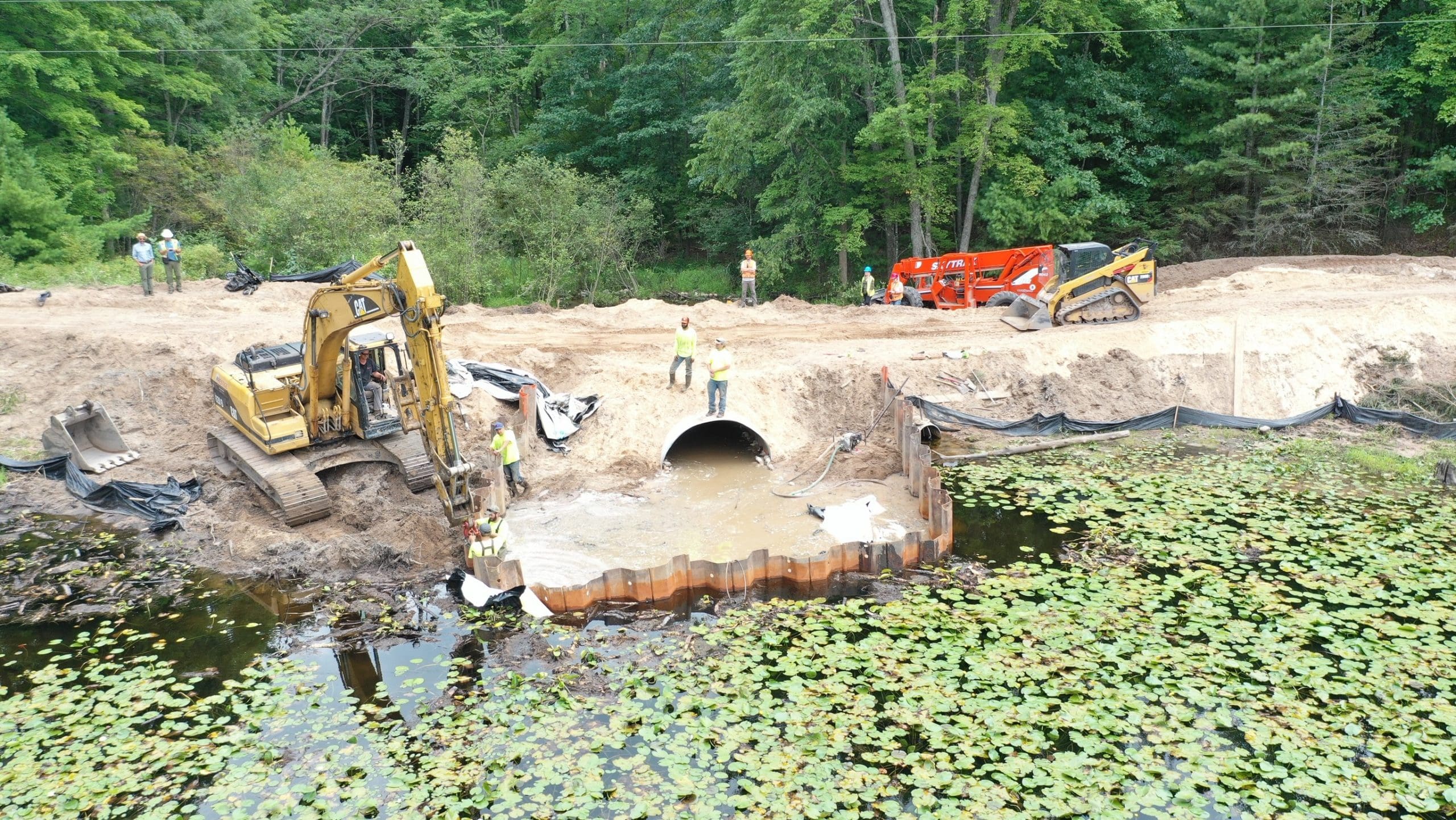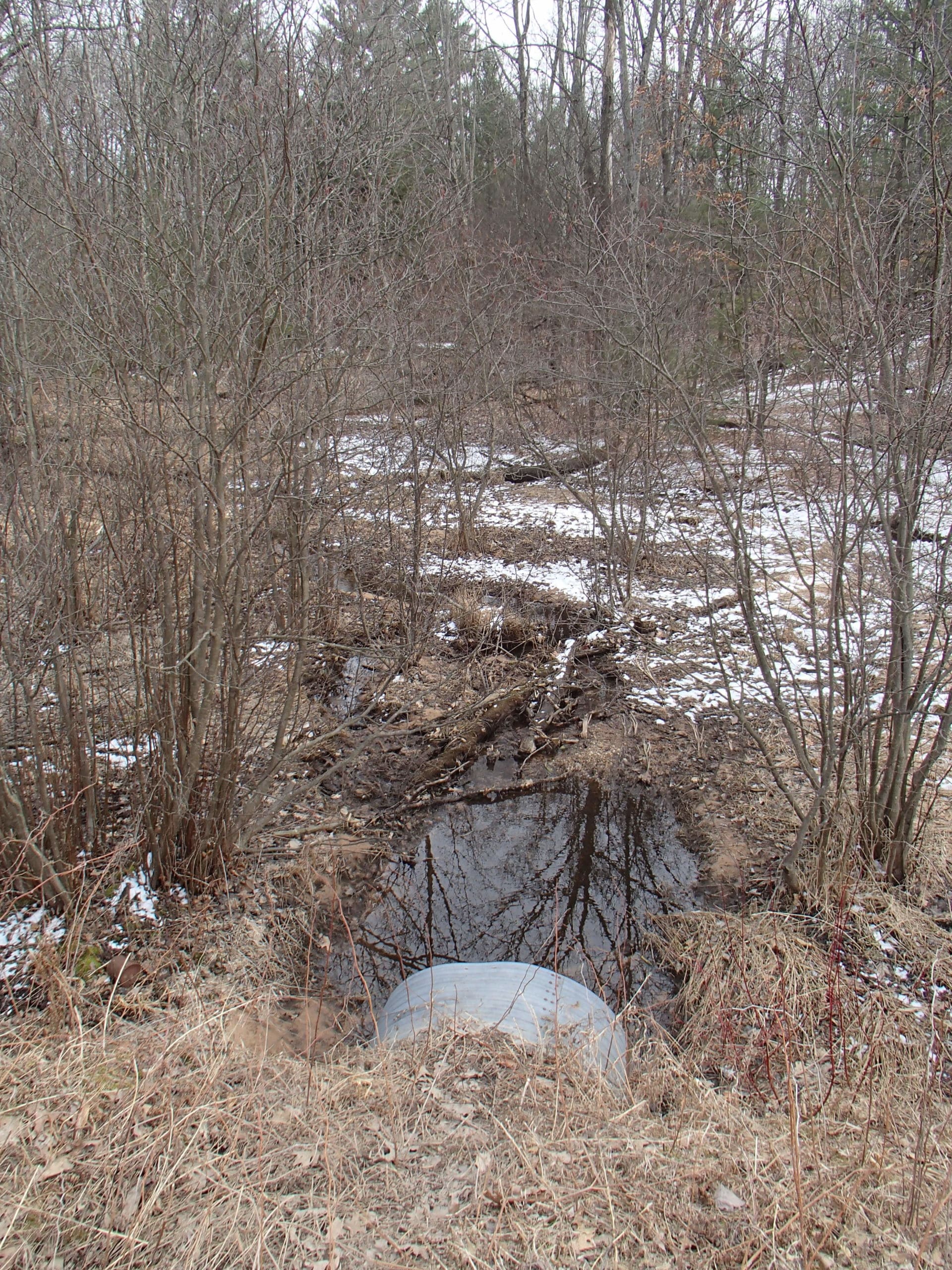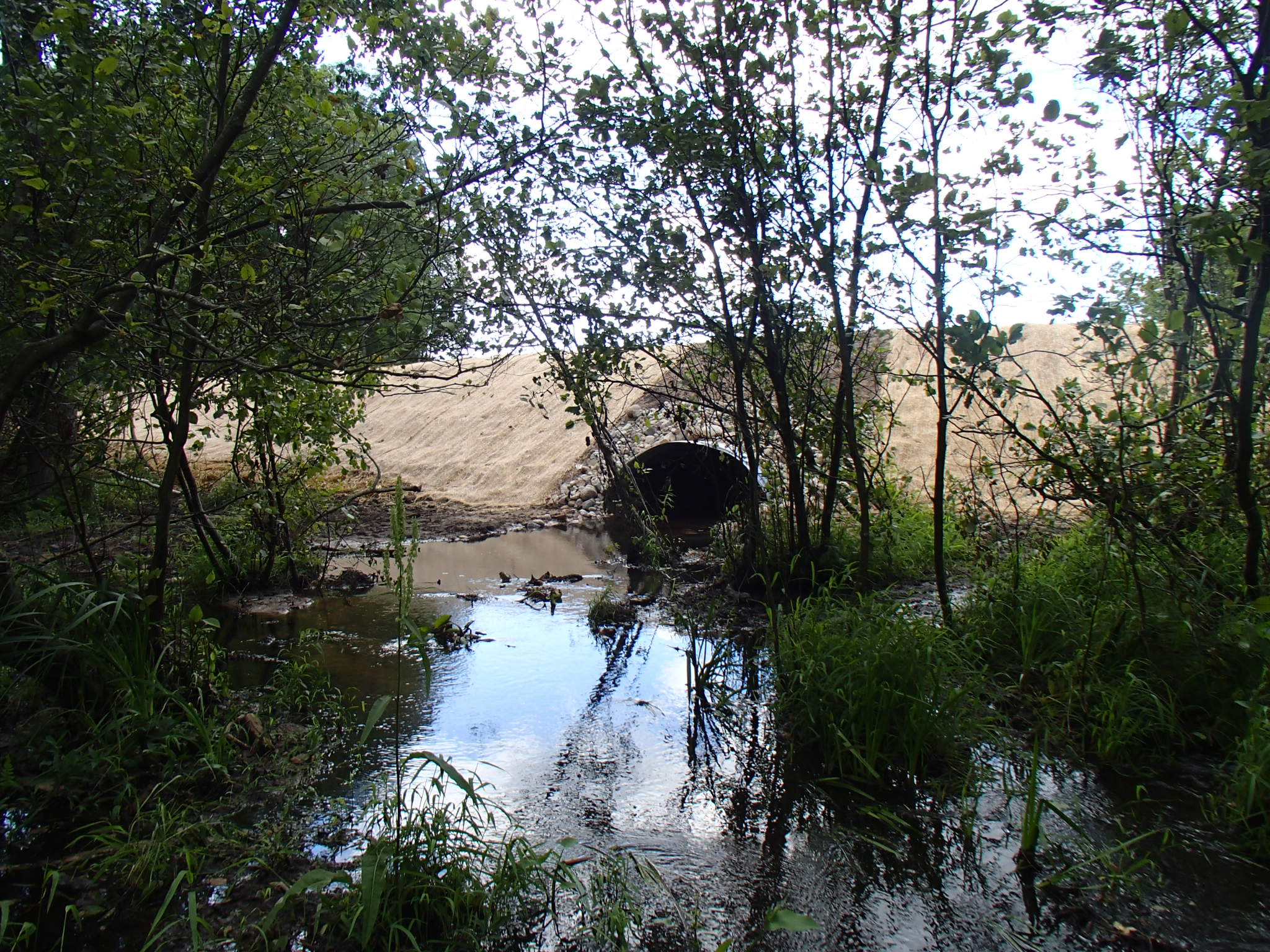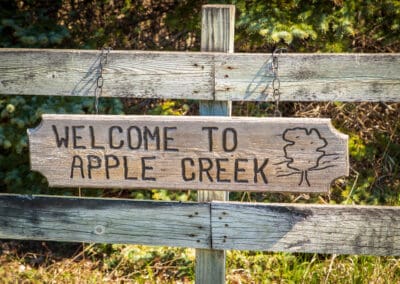Saving Syers Creek
The recent removal of an earthen berm dam breathed new life into Syers Creek’s struggling ecosystem
The Little Manistee is one of the coldest and most stable rivers in Michigan due to its long stretches of undeveloped forests and groundwater-fed streams. One of those streams, Syers Creek, is a small tributary that provides high-quality spawning and rearing habitat to a self-sustaining brook trout population. Like many of the river’s tributaries, trout are the creek’s dominant species. However, Syers Creek also uniquely provides habitat to a diversity of both warm and cold water species, including mottled sculpin, coho salmon, and tadpole madtom.

Besides, the dam regularly created an inhospitable environment for its inhabitants by restricting the movement of aquatic species, increasing sedimentation, and elevating water temperatures.




Projects like this are not possible without the help of our members and partners. We’d like to send a special “thank you” to:
U.S. Fish & Wildlife Service, USDA-NRCS Regional Conservation Partnership Program, Grand Traverse Band of Ottawa & Chippewa Indians, Little River Band of Ottawa Indians, Little Manistee Watershed Conservation Council, Patagonia, Trout & Salmon Foundation, Michigan Fly Fishing Club, Dale & Lisa Pominville and Syers Lake neighboring landowners, Federation of Fly Fishers – Great Lakes Council, Federation of Fly Fishers – International, the George Fund, and DTE Energy Foundation. Thank you to all of our contributors for making this project possible!







